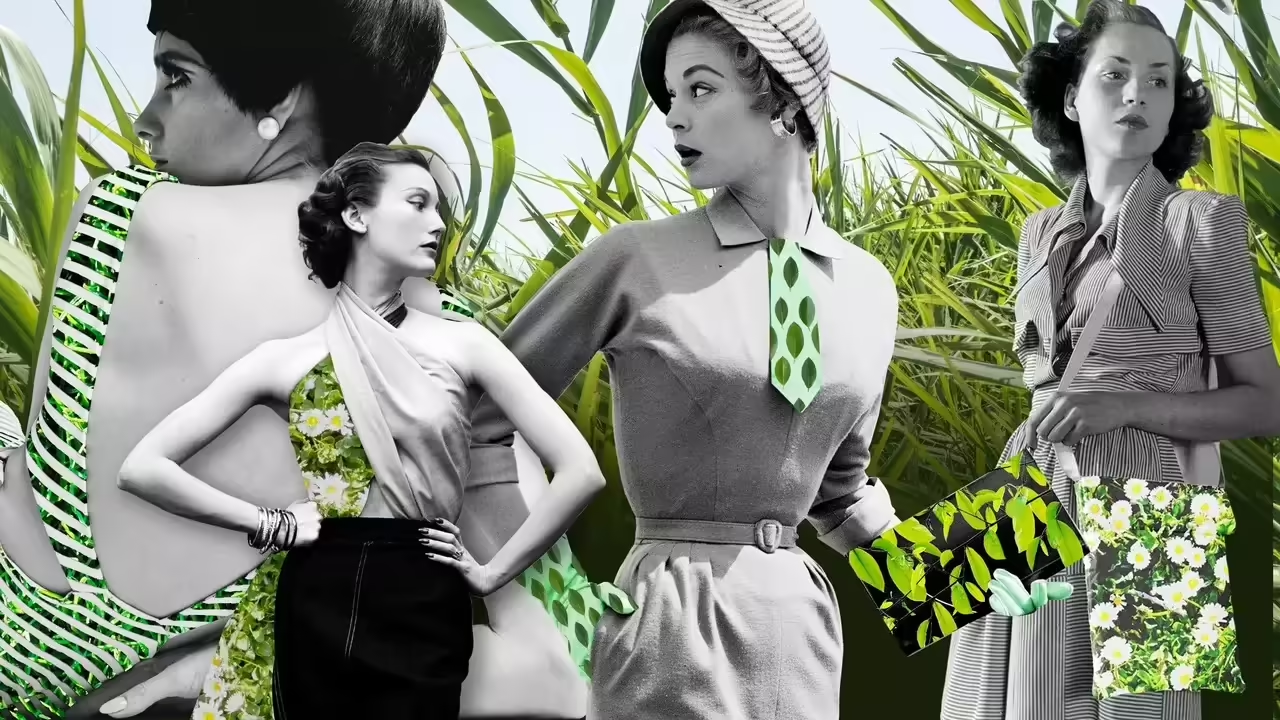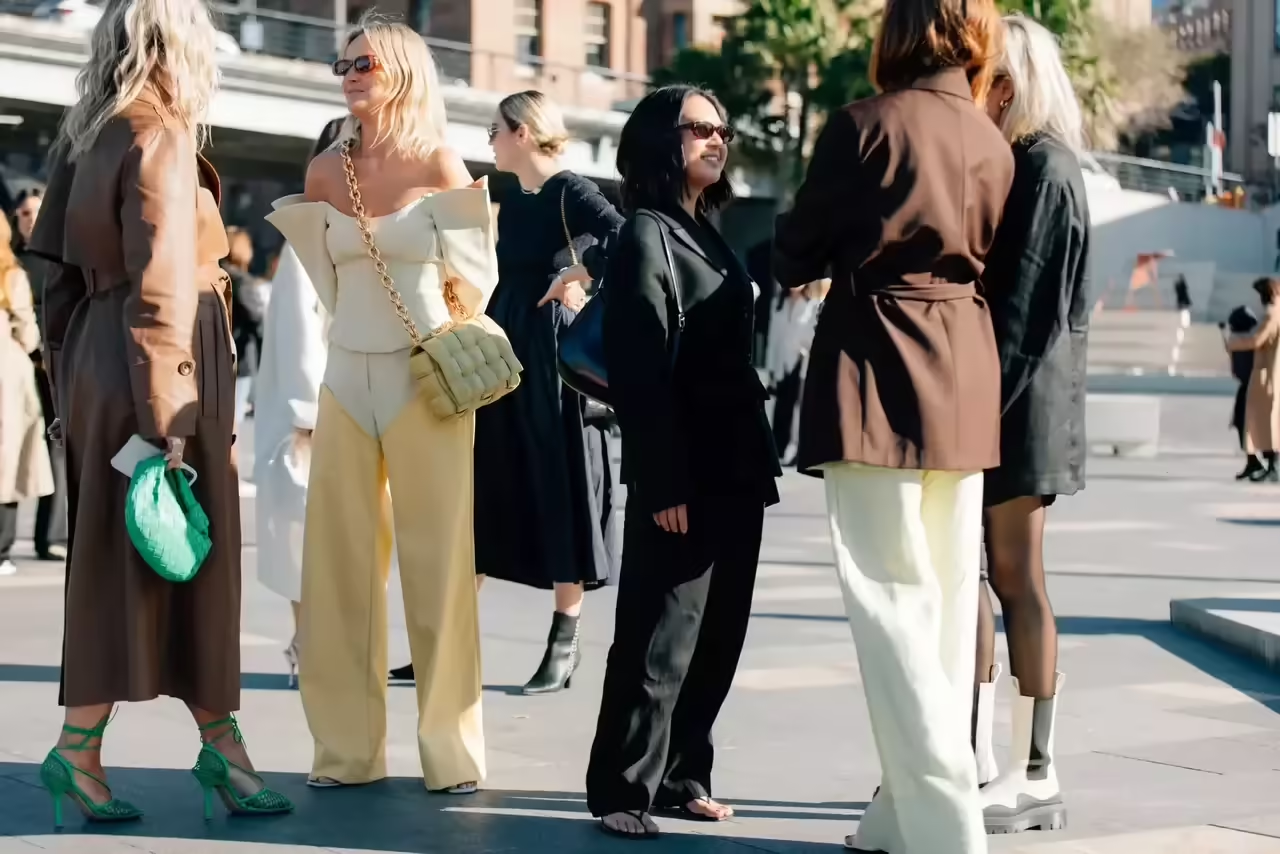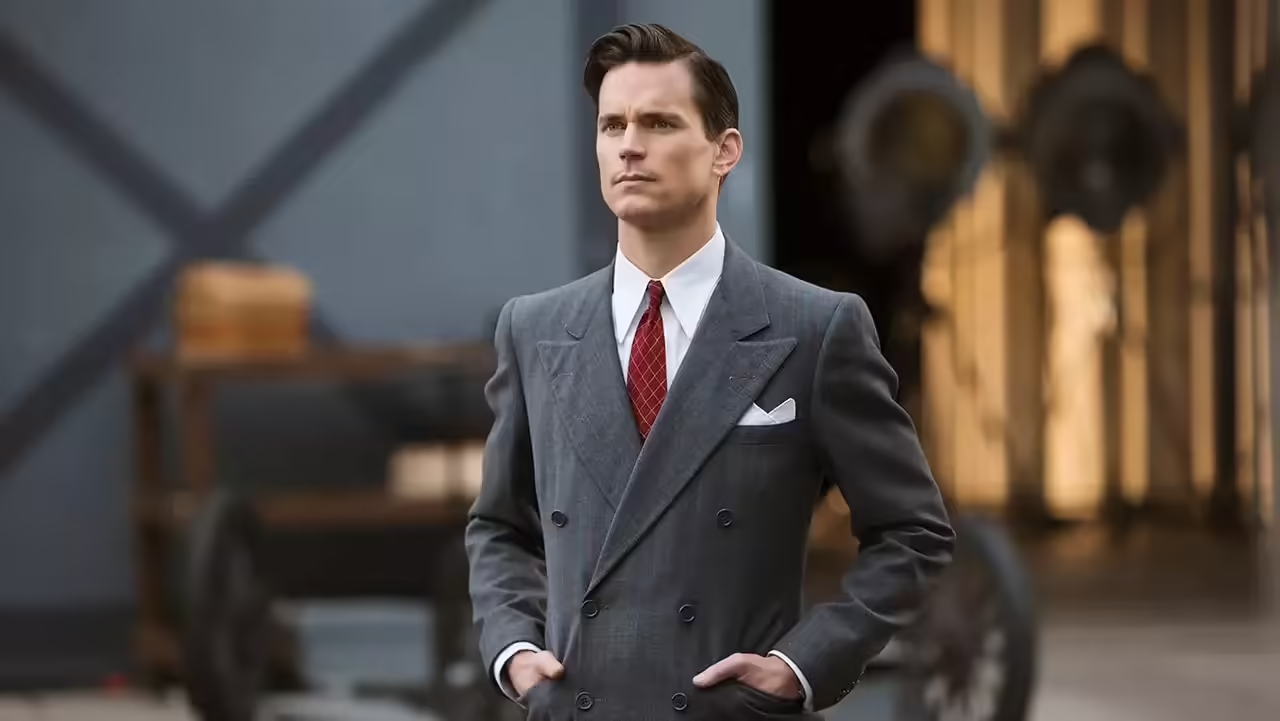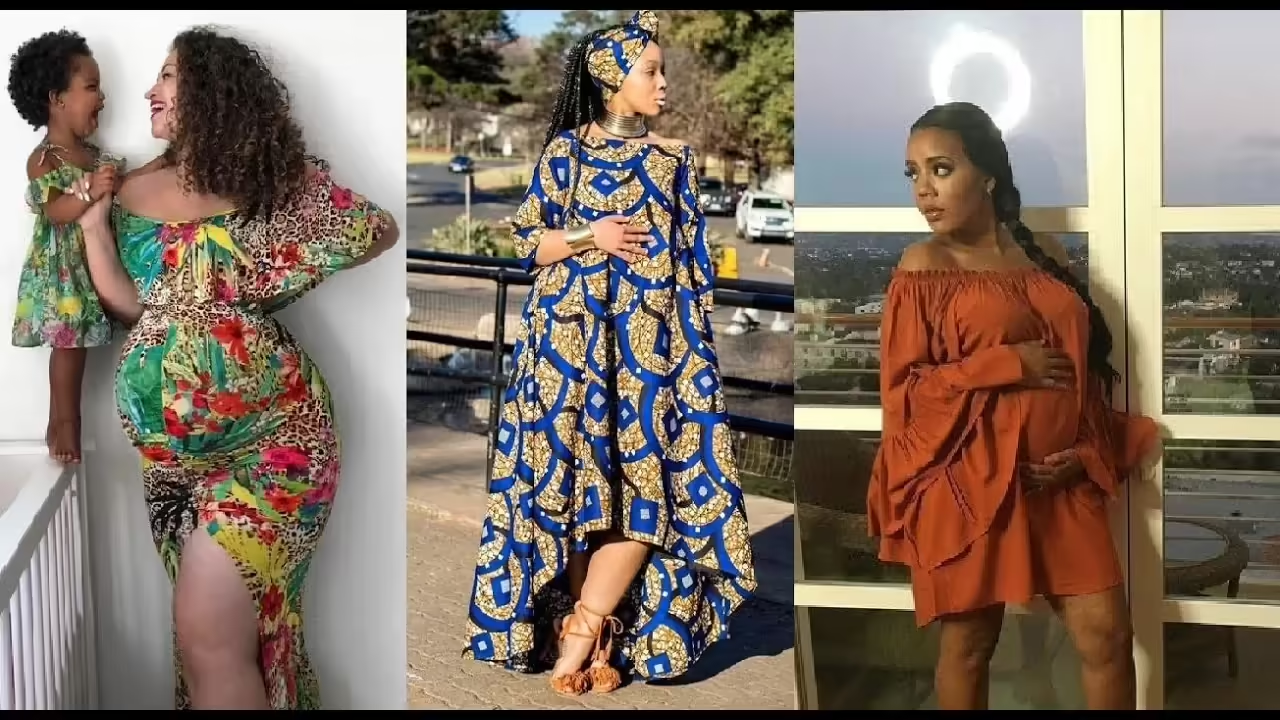
Fashion, beyond being a mere aesthetic expression, has become a powerful tool to empower individuals, allowing them to express their identity, strengthen their confidence, and challenge established social norms. This article seeks to explore the intricate connection between fashion and empowerment, highlighting how the conscious choice of clothing can transform into a form of personal affirmation and empowerment.
Clothing as Language: Conveying Messages of Empowerment
Attire is not just fabric covering the body; it is a non-verbal language that communicates much about a person’s personality, beliefs, and attitude. Carefully choosing clothing can be an effective way to convey messages of empowerment. From bold and vibrant outfits challenging expectations to garments reflecting self-acceptance, each wardrobe choice can be a conscious act of empowerment.
Breaking Stereotypes through Inclusive Fashion
Inclusive fashion has emerged as a catalyst for empowerment, challenging stereotypes and fostering diversity acceptance. Designers and brands are embracing an inclusive approach by creating clothing lines that cater to different body types, ethnicities, and genders. This diversity in fashion not only celebrates uniqueness but also empowers individuals by offering choices aligned with their authentic identity.
Self-Expression as an Act of Empowerment
Fashion provides a unique platform for self-expression, allowing people to manifest their uniqueness and creativity. From choosing colors and patterns to combining accessories, each detail contributes to the personal narrative. This act of self-expression becomes a means of empowerment by giving individuals the ability to define their own image and challenge societal expectations.
Sustainable Fashion: Empowerment with Environmental Awareness
Empowerment through fashion is not only about how we perceive ourselves but also about how we impact the world around us. Sustainable fashion has emerged as a conscious response to rapid production and rampant consumption. Choosing ethical and sustainable garments not only empowers individuals by making conscious choices but also contributes to environmental preservation, promoting empowerment with environmental awareness.
The Evolution of Empowering Fashion: A Historical Journey through Positive and Transformative Messages
Fashion has witnessed a fascinating evolution throughout history, playing a fundamental role in transmitting messages and values in society. In this historical journey, we will explore how fashion has evolved from being a mere aesthetic expression to becoming a powerful tool for conveying positive and empowering messages.
Victorian Era: Constraints and Hidden Symbolism
In the Victorian era, fashion was infused with rigidity and formality, but even amid social constraints, messages of empowerment were gestating. Women, for example, used hidden symbolism in their attire, such as the colors of flowers in their clothing, to express emotions and thoughts that would otherwise be restricted by social norms.
Belle Époque: Liberation and Artistic Expression
With the turn of the century came the Belle Époque, marked by an atmosphere of optimism and change. Fashion became more indulgent and turned into a medium of artistic expression. Women began wearing less restrictive corsets and dresses that allowed greater mobility, symbolizing a gradual liberation from social constraints.
1920s and 1930s: The Flapper Revolution
The 1920s and 1930s witnessed the flapper revolution, where women challenged traditional norms by wearing short dresses, cutting their hair short, and adopting a more independent lifestyle. This era marked a turning point in fashion, associated with a message of female empowerment, challenging social expectations, and advocating for gender equality.
1960s and 1970s: Individual Expression and Social Protest
The 1960s and 1970s were infused with counterculture movements and social protest. Fashion became a tool for expressing individuality and resistance. From the hippie fashion to the rise of punk, clothing was used as a means to convey messages of peace, love, equality, and resistance to the status quo.
1980s: Empowerment Through Ostentation
The 1980s were marked by excess and ostentation. The fashion of the time reflected ambition and determination. Extravagant outfits, vibrant colors, and flashy accessories symbolized an attitude of empowerment, where self-assertion manifested through bold and eye-catching fashion.
21st Century: Diversity, Inclusion, and Sustainability
In the 21st century, fashion has evolved towards celebrating diversity, inclusion, and sustainability. Designers and brands have embarked on a mission to empower through fashion, advocating for the acceptance of diversity in bodies, races, genders, and abilities. Sustainable fashion has gained prominence, emphasizing the importance of making conscious decisions for a positive impact on the world.
Pioneering Brands: Leading with Positive and Empowering Messages
As fashion evolves, some brands stand out for leading the way in incorporating positive and empowering messages into their designs and campaigns. These brands have not only set trends in the industry but have also embraced social responsibility, influencing the perception of fashion as a positive force. Below, we highlight some of these pioneering brands:
Nike: Just Do It
The iconic sportswear brand Nike has pioneered inclusion and empowerment through its famous slogan “Just Do It.” Beyond being a marketing campaign, “Just Do It” has become a mantra for those seeking to overcome obstacles and challenge limits. Nike has backed this philosophy through collaborations with prominent athletes and campaigns celebrating diversity and determination.
Dove: Real Beauty Campaign
Dove has revolutionized the beauty industry with its “Real Beauty” campaign. The brand is committed to breaking conventional beauty stereotypes, promoting diversity of bodies and faces in its advertising campaigns. Dove advocates for personal acceptance and self-esteem, challenging traditional standards in the beauty industry.
Patagonia: Sustainable Fashion and Environmental Activism
The outdoor clothing brand Patagonia has been a leader in sustainable fashion and environmental activism. Through its campaigns, the company not only advocates for ethical and sustainable business practices but also promotes a connection with nature. Its commitment to environmental responsibility has set a standard for other brands, demonstrating that fashion and sustainability can go hand in hand.
Adidas: Inspirational Collaborations and Sustainability
Adidas has stood out for its inspirational collaborations and focus on sustainability. The brand has worked with influential personalities and designers to create collections that go beyond fashion, conveying messages of inclusion, resilience, and creativity. Additionally, Adidas has committed to using sustainable materials, demonstrating its responsibility towards the environment.
Conscious Collection
Fast fashion retailer H&M has taken significant steps towards sustainability with its “Conscious Collection.” This collection uses recycled and sustainable materials, emphasizing the importance of conscious fashion. H&M has utilized its global reach to promote the idea that affordable fashion can be ethical and environmentally friendly.
Aerie: Body Positivity and Inclusion
Lingerie brand Aerie, owned by American Eagle, has led the way in promoting body positivity and inclusion. Aerie has chosen not to retouch images of its models, showcasing real bodies and celebrating diversity in sizes, shapes, and colors. This has contributed to changing the narrative around beauty and self-acceptance.
These pioneering brands have not only created fashion products but have also used their platforms to convey positive, empowering, and socially conscious messages. In doing so, they have demonstrated that fashion can be more than an aesthetic expression; it can be a force for positive change in society.
Inclusivity and Diversity in Fashion: Brands Breaking Barriers
In recent years, the fashion industry has undergone a significant transformation regarding inclusivity and diversity. Visionary brands have taken on the responsibility of breaking stereotypes, celebrating authenticity, and representing a wide range of individuals in their fashion lines. Let’s examine how some brands strive to promote inclusivity and diversity in their designs and campaigns.
Fenty by Rihanna: Celebrating Ethnic Diversity
The fashion line Fenty, created by the iconic Rihanna, has stood out for its commitment to ethnic diversity. The brand has released collections embracing a wide range of skin tones, highlighting beauty in all its forms. Rihanna has challenged conventional industry standards by ensuring that her brand represents and celebrates racial diversity.
Chromat: Size and Shape Inclusivity
Chromat is known for its revolutionary approach to size and shape inclusivity in fashion. The brand has featured models of all sizes in its runway shows and has launched collections that cater to a variety of body types. Chromat advocates for inclusive representation, challenging traditional norms in the fashion industry that historically excluded certain body types.
Tommy Hilfiger: Embracing Inclusivity in Adaptive Fashion
Tommy Hilfiger has led the charge in adaptive fashion, designing clothing that caters to people with disabilities. Its Tommy Adaptive line incorporates magnetic closures, side openings, and other features that make dressing easier for those with reduced mobility. This initiative reflects an inclusive approach that recognizes and addresses the needs of a variety of consumers.
Savage x Fenty: Celebrating Body and Gender Diversity
Another contribution from Rihanna to inclusivity and diversity in fashion is her lingerie line, Savage x Fenty. The brand has gained recognition for representing a wide diversity of bodies and genders in its campaigns and fashion shows. Savage x Fenty has challenged conventional beauty standards by celebrating authenticity and individuality.
ASOS: Models with Gender, Size, and Ability Diversity
Online fashion platform ASOS has taken significant steps to represent diversity in its models, including individuals of different genders, sizes, and abilities. ASOS has been praised for featuring a range of models that reflect real-world diversity, promoting inclusivity in its campaigns and product offerings.
Becca McCharen-Tran: Focused on Inclusive Fashion
Designer Becca McCharen-Tran has been an advocate for inclusive fashion through her brand Chromat and its focus on body-centered design. McCharen-Tran has worked to create garments that accommodate diverse shapes and sizes, challenging traditional perceptions of fashion and promoting acceptance and celebration of body diversity.
These brands are leading the way by recognizing the importance of representing a variety of individuals in the fashion industry. By embracing inclusivity and diversity, they are not only changing the narrative around beauty and fashion but also influencing other brands to follow their example and make fashion a truly accessible space for everyone.
The Role of Social Media: Amplifying Positive Messages and Connecting with Engaged Audiences in Fashion
In the digital era, social media has played a crucial role in amplifying brands’ positive messages and building stronger connections with engaged audiences. In the realm of fashion, social platforms have become powerful tools for spreading inclusive messages, celebrating diversity, and building communities of committed followers. Let’s explore how social media has transformed the fashion landscape by promoting positive messages.
Global Visibility and Direct Access:
Social media has broken down geographical barriers, allowing brands to reach global audiences instantly. This has been particularly beneficial for brands seeking to promote positive and empowering messages. Through platforms like Instagram, Twitter, and Facebook, brands can reach consumers worldwide directly, spreading messages beyond physical borders.
Viral Campaigns and Social Movements:
Social media has proven to be a catalyst for viral campaigns and social movements in the fashion world. When brands launch campaigns with positive messages, these can quickly spread through hashtags, shares, and mentions. Virality allows positive messages to spread widely, generating an impact beyond initial expectations and fostering meaningful conversations.
Direct Interaction and Real-time Feedback:
Social media platforms provide brands with the opportunity to interact directly with their audience and receive real-time feedback. This facilitates adaptation and adjustment of strategies based on audience response. Direct interaction also humanizes brands, allowing followers to feel more connected and engaged with the brand’s vision and values.
Celebration of Diversity and Authentic Representation:
Social media has allowed brands to celebrate diversity and present authentic representations of reality. By sharing images and stories reflecting ethnic, body, gender, and ability diversity, brands can challenge traditional beauty standards and promote inclusivity. This not only resonates with a broader audience but also builds a loyal follower base that identifies with the brand’s authenticity.
Mobilization for Social Causes:
Social media has been crucial in mobilizing brands and their followers in support of social causes. Fashion has become a platform for advocating equality, sustainability, and social justice. Brands can use their platforms to raise awareness, fundraise, and mobilize followers to contribute to positive causes, becoming agents of social change.
Creation of Communities and Safe Spaces:
Social media has allowed brands to create online communities where followers share interests, values, and experiences. These safe spaces become places where individuals feel represented and can connect with others who share similar perspectives. Brands can encourage community building by promoting messages that resonate with the identity and aspirations of their audience.







